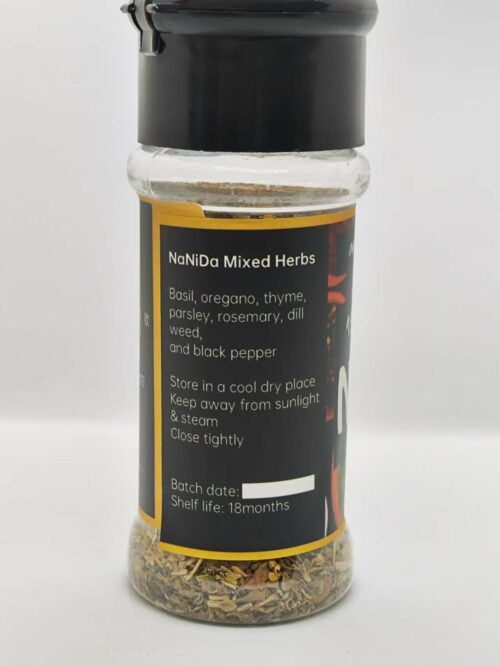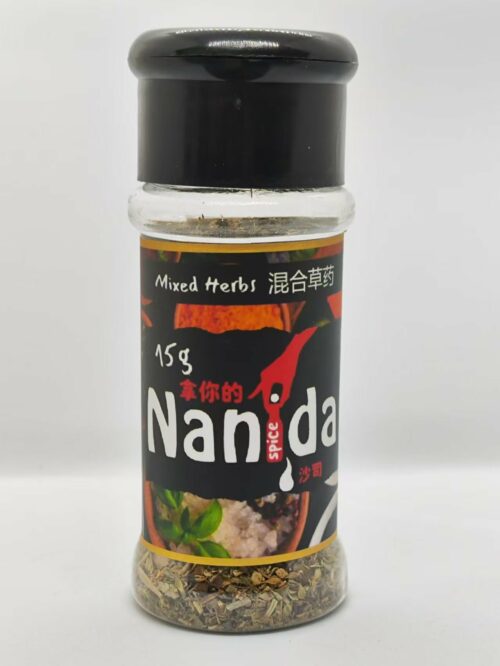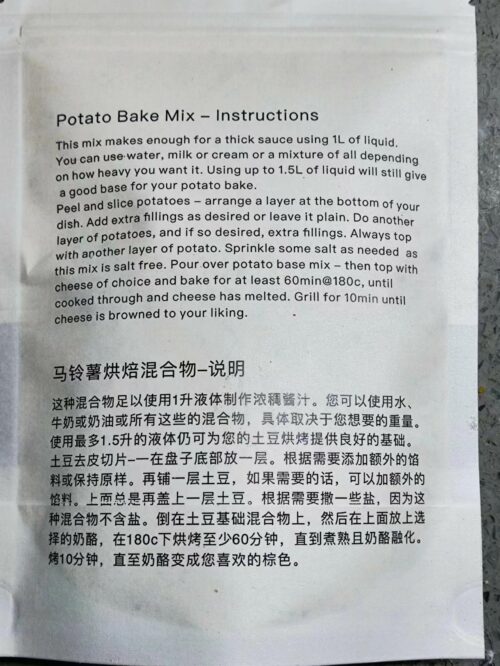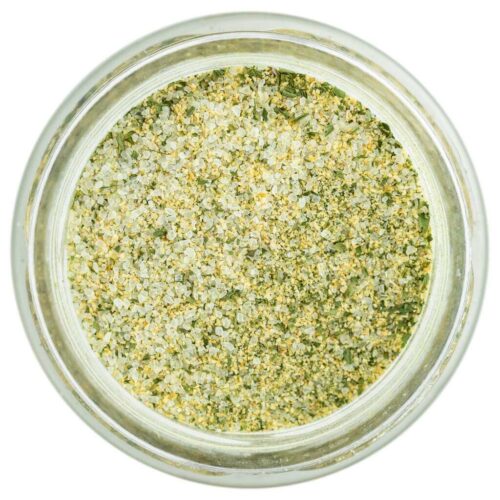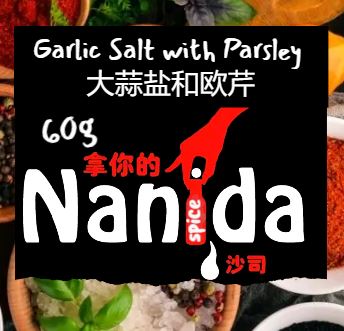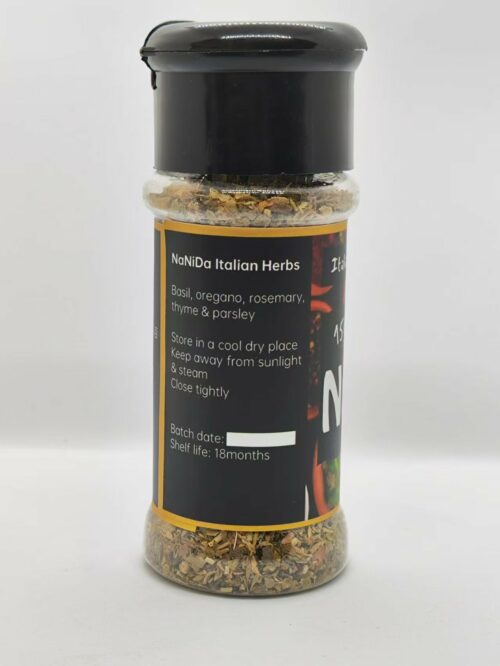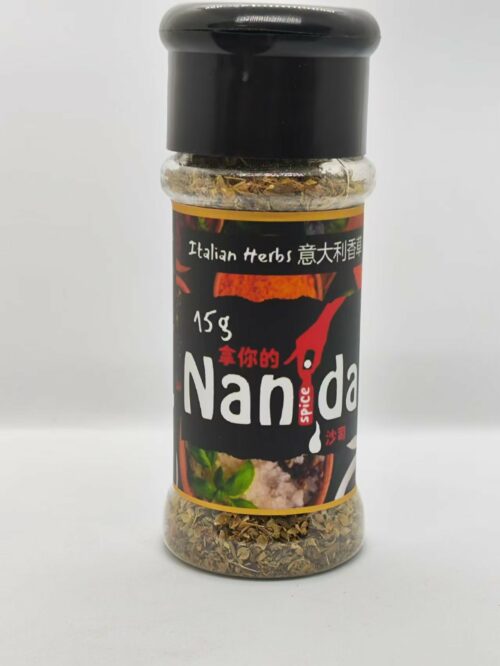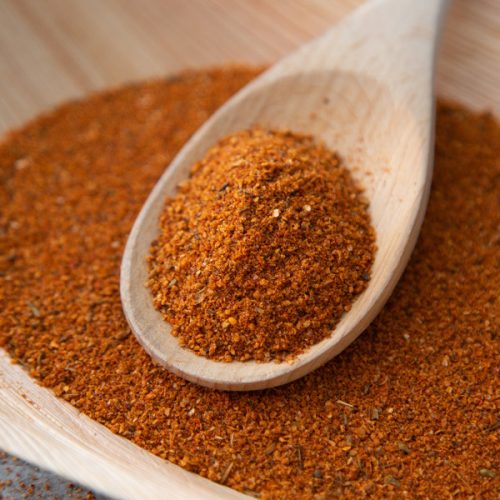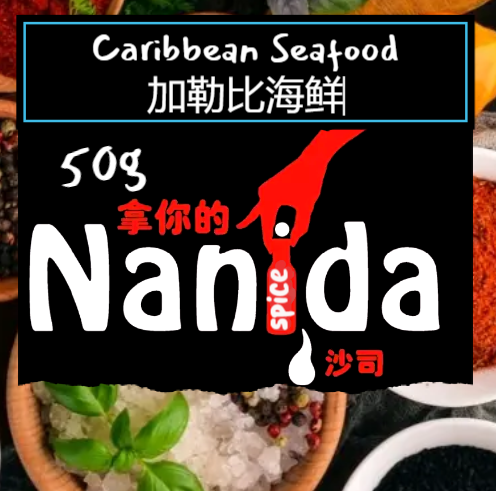-
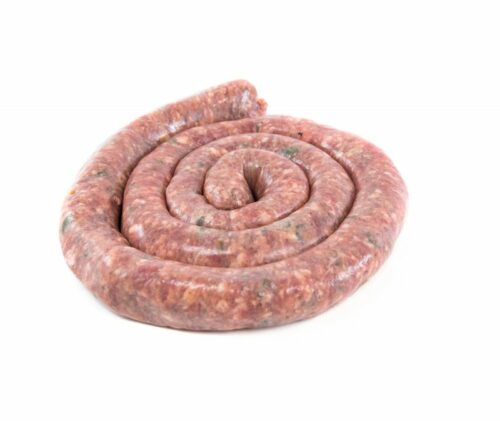 Every seventeenth-century cook at the Cape had a favourite recipe for boerewors (farmer’s sausage). During the twentieth century, many cooks began following recipes that predominantly used coriander and cloves seasoning. A possible reason for this preference might have been the Afrikaans cookbooks by Dijkman and D.J.H., which contain recipes with these spices as ingredients. It is a popular myth that boerewors was always made from a mixture of pork and other meats. Before the twentieth century when there were no fridges, boerewors prepared in summer consisted mainly of mutton and sheep’s tail fat and in winter it was made from pork and bacon. It boggles the mind that people made sausage at all without the luxury of mincing machines. The sausage meat had to be cut into very small pieces and mixed with the spices the night before. The following morning, when it was still cold, the fat or bacon was cut into cubes while the meat was finely minced with a large pestle. Then the meat and fat or bacon were mixed with vinegar and left for a while in order to absorb the spices before cleaned intestines were filled with meat. It was a huge job to scrap the intestines clean. If the one doing the scraping was clumsy, the intestines ended up with lots of holes, making them useless as sausage casings. Filling the intestines also had to be done by hand. The cheapest piece of filling equipment over which the intestines could be pulled and filled with meat stuffing was the horn of an animal. The sharp end of the horn was cut off and the horn hollowed out, rubbed and polished until smooth before it was used as a filling mechanism. After the intestines were filled, the boerewors had to be placed in brine to preserve it.
Every seventeenth-century cook at the Cape had a favourite recipe for boerewors (farmer’s sausage). During the twentieth century, many cooks began following recipes that predominantly used coriander and cloves seasoning. A possible reason for this preference might have been the Afrikaans cookbooks by Dijkman and D.J.H., which contain recipes with these spices as ingredients. It is a popular myth that boerewors was always made from a mixture of pork and other meats. Before the twentieth century when there were no fridges, boerewors prepared in summer consisted mainly of mutton and sheep’s tail fat and in winter it was made from pork and bacon. It boggles the mind that people made sausage at all without the luxury of mincing machines. The sausage meat had to be cut into very small pieces and mixed with the spices the night before. The following morning, when it was still cold, the fat or bacon was cut into cubes while the meat was finely minced with a large pestle. Then the meat and fat or bacon were mixed with vinegar and left for a while in order to absorb the spices before cleaned intestines were filled with meat. It was a huge job to scrap the intestines clean. If the one doing the scraping was clumsy, the intestines ended up with lots of holes, making them useless as sausage casings. Filling the intestines also had to be done by hand. The cheapest piece of filling equipment over which the intestines could be pulled and filled with meat stuffing was the horn of an animal. The sharp end of the horn was cut off and the horn hollowed out, rubbed and polished until smooth before it was used as a filling mechanism. After the intestines were filled, the boerewors had to be placed in brine to preserve it. -
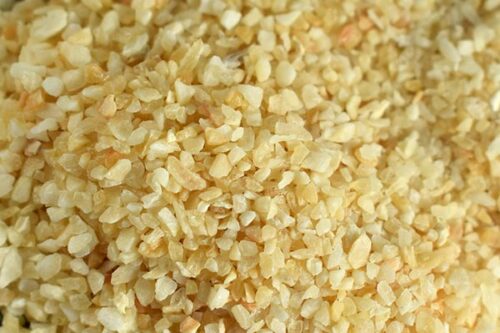
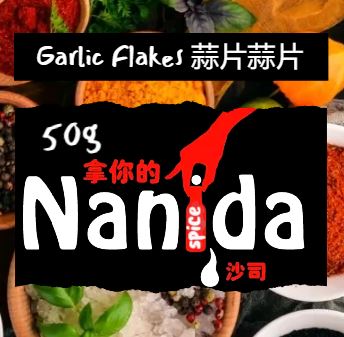 You can also use garlic flakes to season eggs, dips, popcorn or any dish you think could do with a savoury kick. 4. Magnificent Marinades: Marinate your favourite meats and seafood with a blend of garlic flakes, herbs and olive oil before grilling for tender, succulent dishes with an explosion of taste.
You can also use garlic flakes to season eggs, dips, popcorn or any dish you think could do with a savoury kick. 4. Magnificent Marinades: Marinate your favourite meats and seafood with a blend of garlic flakes, herbs and olive oil before grilling for tender, succulent dishes with an explosion of taste. -
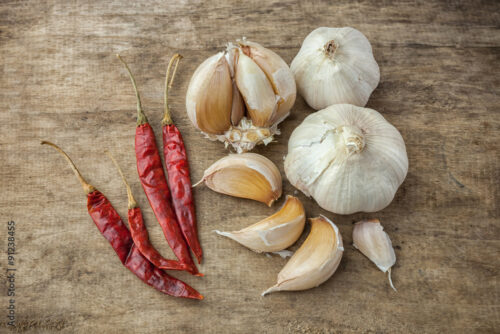
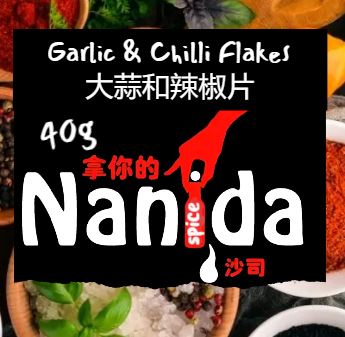 Add a burst of fiery flavor to your dishes with chilli flakes, a versatile and popular spice that brings the heat to your culinary creations. Sprinkle them into sauces, soups, stews, and marinades to infuse your dishes with a tantalizing heat. They can also be used as a finishing touch, adding a vibrant pop of color and a fiery flavor to pizzas, pastas, roasted vegetables, and more.
Add a burst of fiery flavor to your dishes with chilli flakes, a versatile and popular spice that brings the heat to your culinary creations. Sprinkle them into sauces, soups, stews, and marinades to infuse your dishes with a tantalizing heat. They can also be used as a finishing touch, adding a vibrant pop of color and a fiery flavor to pizzas, pastas, roasted vegetables, and more. -
Out of stock
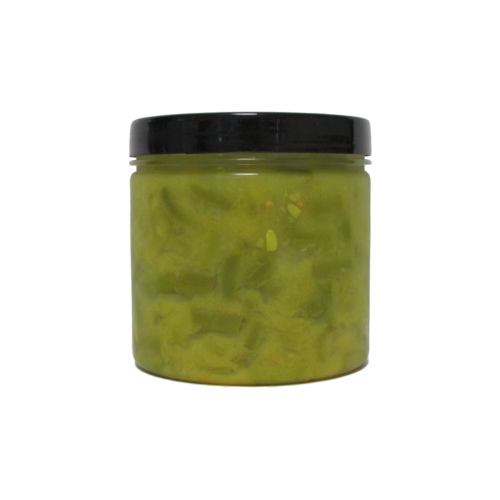
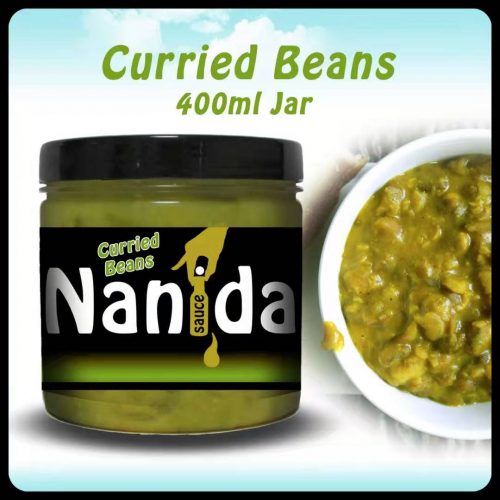 Add a fresh, flavorful staple to your culinary creations with the South African styled Green Beans. These pre-sliced green beans are a wonderful compliment to many casseroles and entrees or simply as a health-conscious side dish to your home cooked meal. Nanida promises freshness and quality always at a great value.
Add a fresh, flavorful staple to your culinary creations with the South African styled Green Beans. These pre-sliced green beans are a wonderful compliment to many casseroles and entrees or simply as a health-conscious side dish to your home cooked meal. Nanida promises freshness and quality always at a great value. -
Out of stock
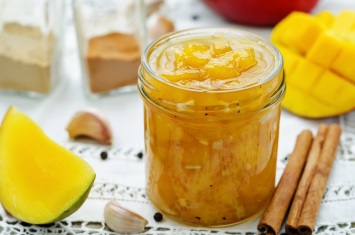 Mango-Orange Chutney, is a combination of East Indian spices and the caramelization of apple, oranges, mango and onion. The end result, a side condiment that pops in flavor and texture, and awakens you with its vibrant and beautiful colours. It hosts brilliant flavor with a spice twist that will brighten up any protein that it is paired with including vegan alternatives. Give it a try!
Mango-Orange Chutney, is a combination of East Indian spices and the caramelization of apple, oranges, mango and onion. The end result, a side condiment that pops in flavor and texture, and awakens you with its vibrant and beautiful colours. It hosts brilliant flavor with a spice twist that will brighten up any protein that it is paired with including vegan alternatives. Give it a try! -
Out of stock
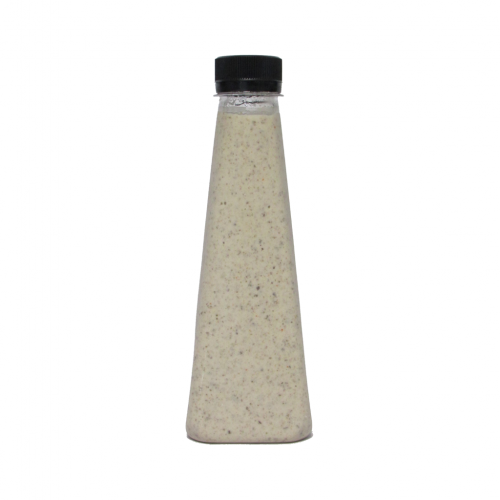
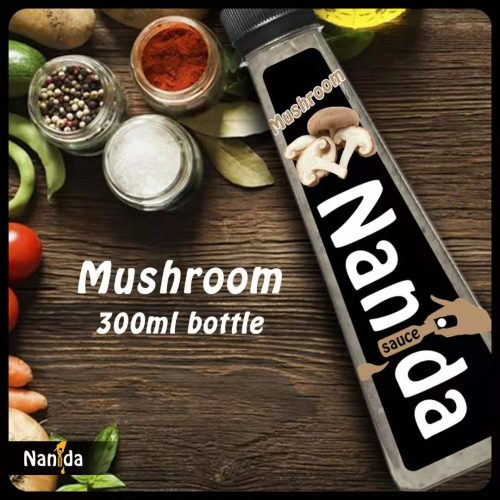 Mushroom sauces have been cooked for hundreds of years. An 1864 cookbook includes two recipes, one sauce tournee and one a brown gravy. United States President Dwight D. Eisenhower, a well-known steak lover, was reportedly quite fond of mushroom sauce. What makes this sauce our own is that it’s also a non-dairy sauce. True to our heritage, all sauces are prepared with care and can be used hot or cold.
Mushroom sauces have been cooked for hundreds of years. An 1864 cookbook includes two recipes, one sauce tournee and one a brown gravy. United States President Dwight D. Eisenhower, a well-known steak lover, was reportedly quite fond of mushroom sauce. What makes this sauce our own is that it’s also a non-dairy sauce. True to our heritage, all sauces are prepared with care and can be used hot or cold.

